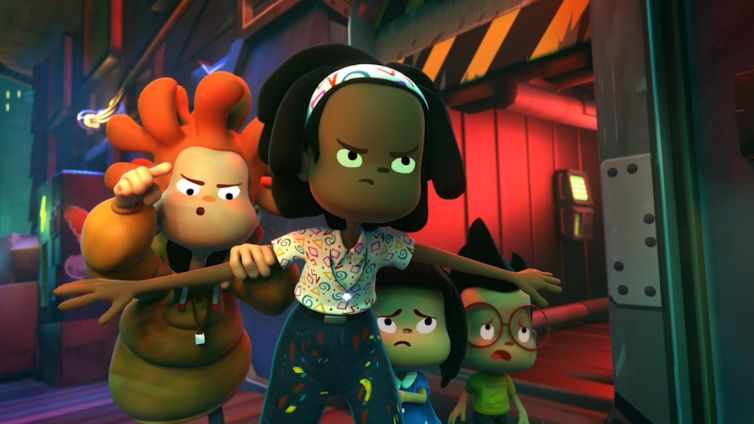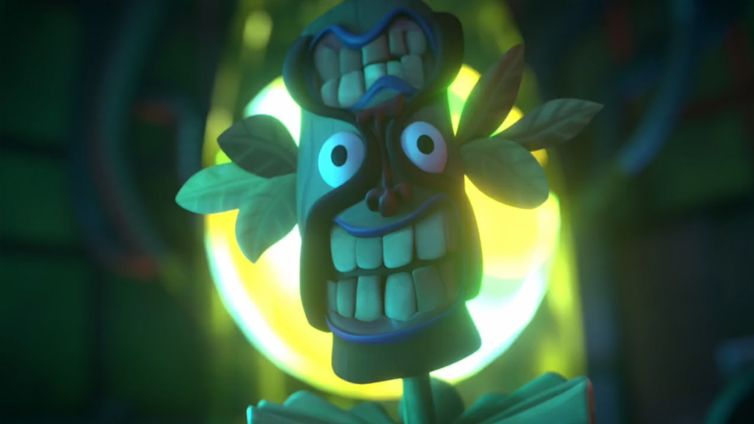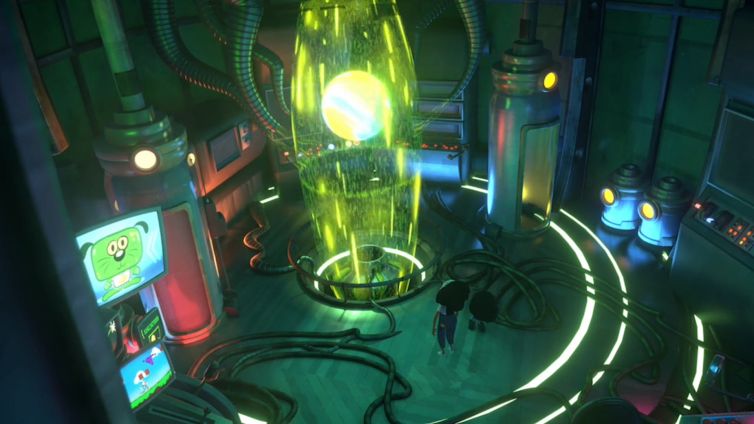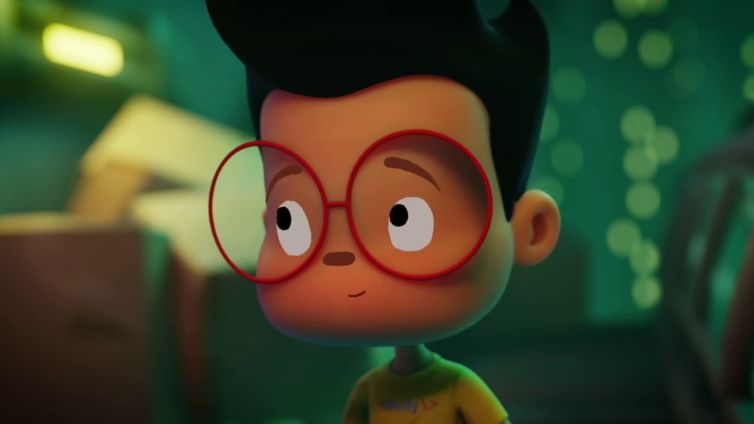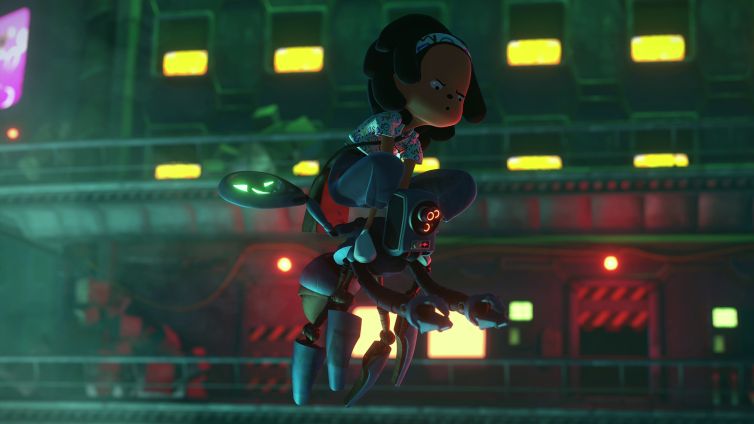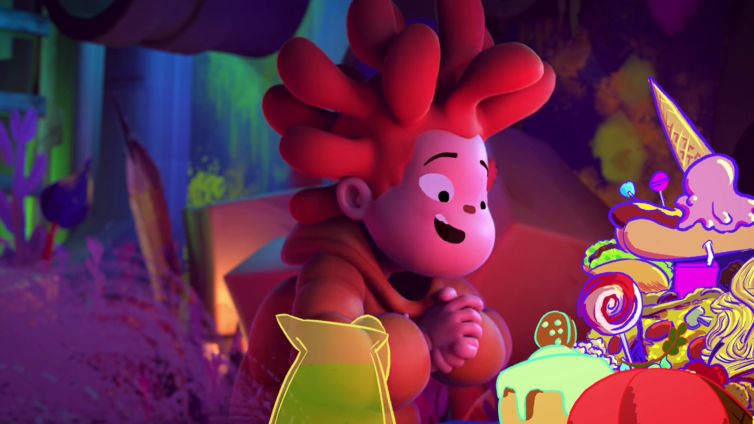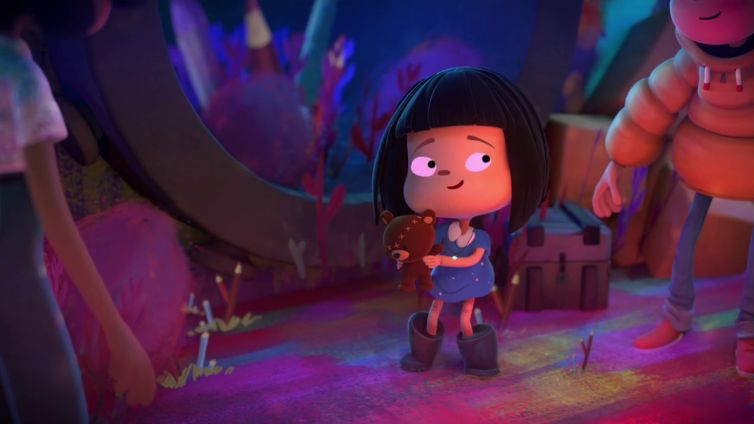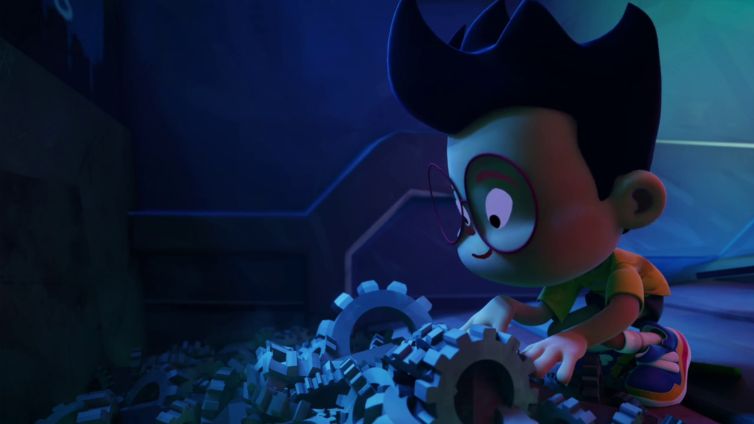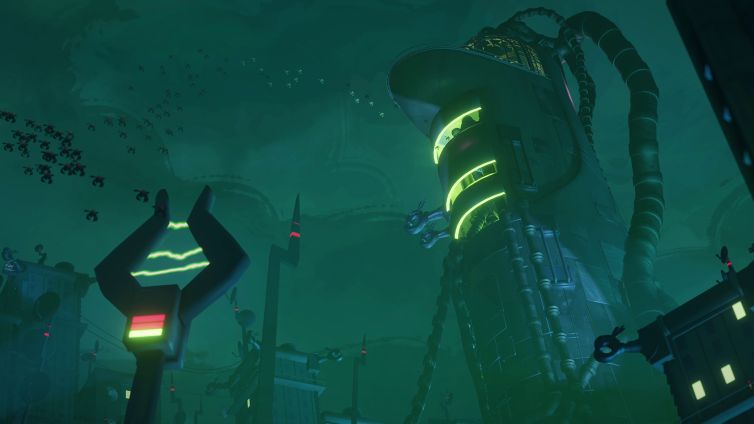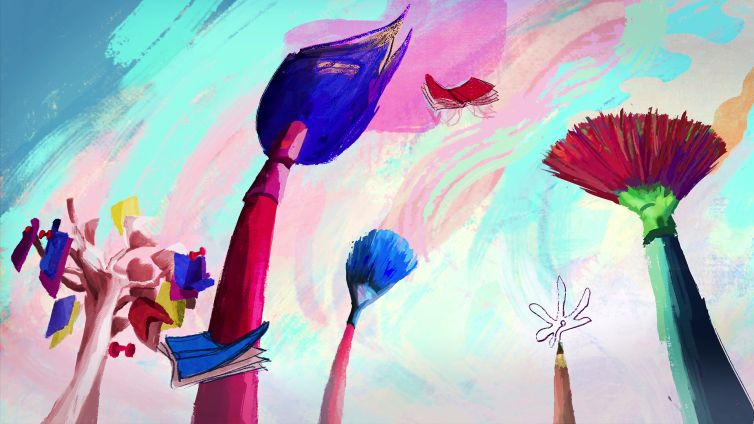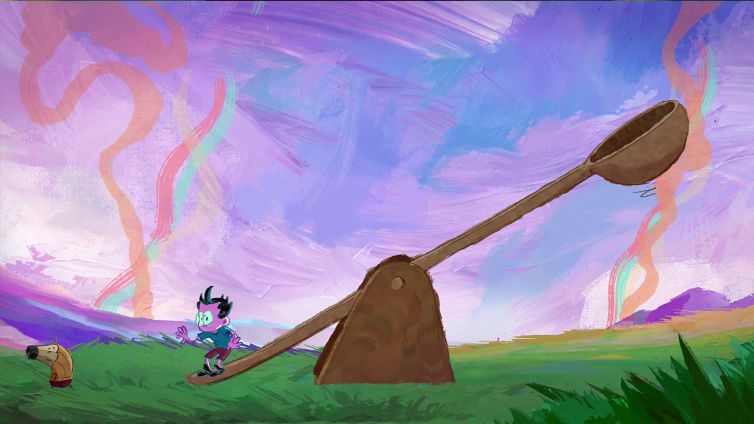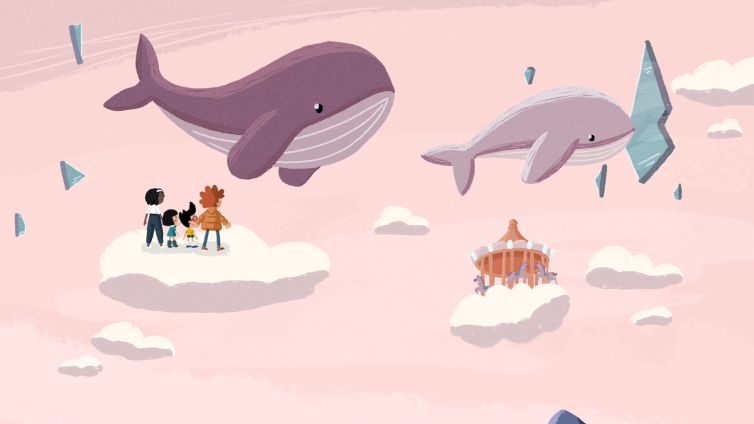
In a world where technology overlaps with social interaction, a reflection on its effect on younger generations is urgent. And this reflection must involve adults and children who unconsciously are increasingly dependent and fruit of these ever faster, easier, more intuitive forms of enjoyment and entertainment.
The overestimation of the immediate, of popularity, of the superficial, relegates to the background determinant aspects, such as the valorization of knowledge, the relation with the other, the longer evolution of learning prone to obstacles. And the result is children who are quickly frustrated and bored, with low attention spans and little interest in the space and world around them.
Technology being an unavoidable reality with undeniable advantages, it must be adapted so that our children become adults who are sensitive and aware of themselves, the world and their relationship with others.
Television and cartoons are not just entertainment. These are extremely effective means of communication that can and should be used to promote debate and the development of critical awareness, not merely as a channel for selling merchandising.
With this film we want to positively criticise the media itself, arousing doubts in the child’s mind leading them to question the way they play, live and interact.
In a city made of infinite boxes, dominated by a grudging clown, a group of children escapes the norm, disengaging themselves from the current hypnotic trance, eager to retrieve their favorite banned toys and escape the tyranny of the net, discovering new universes free from the logic of the city, where they unleash creativity and learn new ways of feeling the world.
In the film, a circle of friendship is formed among a small group of Box City children and the strange creatures that inhabit the box maze. This unlikely group defies the city’s sharp edges, responding to the straight lines with surprising curves, demonstrating that there are universes to explore outside the box, challenging this square world.
From the point of view of direction we intend to play with visual differences, in the treatment of the environments, colours and shapes, but also with different theme and tone variations, rhythms and rituals for each narrative. The alternation of boxes reveals different universes, with personality intensification, mood fluctuations, different sets consistent with the personality of their mentors.
The cinematic tone and sound environments are also particular, and oscillate between the dark and gloomy surroundings in the Box City contrasting with the alien ambience of each universe-box which are more fun, colourful, fantastic, amazing, nostalgic and / or mysterious.
The narrative is disturbed by Whiteface’s communications in ironic counterpoint to the oppressive environment of the City Box.
Each of the 7 boxes, associated with one of the main characters, corresponds to a distinct world, a parallel reality that coexists in the space of “ordinary” reality, but which is not accessible only by the senses, becoming recognizable through the unique creativity of each individual.
We only have direct knowledge of what our senses grasp.
However, there is much more than what we can see, smell, hear, feel and taste.
They manage to escape the screen’s spell, and each one of them discovers a new personal universe free from the adult logic of the city, where they unleash their creativity and learn new ways of experiencing the world.
